The recent DAERA stakeholder engagement document on future agricultural policy in NI included within it a proposal for a basic farm resilience support payment to be made on a per-acre (or per-hectare) basis into the long term.
At present, it looks like the current system of direct payments will be maintained to 2021, and after that we will start to transition to a new system of farm support, to include the new resilience payment.
The thinking is that this payment will be a means of helping to protect farmers against volatile prices, although, it is also a reasonably straightforward means of ensuring farmers continue to comply with various environment-related rules.
As reported on page 6, the Ulster Farmers’ Union put the argument for a resilience payment to MPs at Westminster last week. While no figures were mentioned regarding a potential rate per acre, conscious in everyone’s mind is not to set it at a level that encourages landowners to hold on to land.
Remember what happened when area-based payments were first introduced in 2005. It incorporated a flat-rate area payment, worth about £18 per acre at the time.
That relatively small amount encouraged thousands of landowners into the CAP system, ultimately to the detriment of active farmers.
At present, the direct payment pot in NI is worth around £300m per year, which equates to an average payment of approximately £118 per acre. It is generally accepted that this rate acts to slow structural change on farms.
So where should the rate be pitched for a new resilience payment? Some have suggested anywhere between £20 and £50 per acre.
At £20 per acre, it would be a total cost of around £49m per year. At £50 per acre, it comes to approximately £123m. Whatever the rate, it must come with a robust mechanism to ensure it only goes to those actively farming the land.
Read more
Beef and sheep take the hit in hard Brexit
Gove proposes delinked payments
The recent DAERA stakeholder engagement document on future agricultural policy in NI included within it a proposal for a basic farm resilience support payment to be made on a per-acre (or per-hectare) basis into the long term.
At present, it looks like the current system of direct payments will be maintained to 2021, and after that we will start to transition to a new system of farm support, to include the new resilience payment.
The thinking is that this payment will be a means of helping to protect farmers against volatile prices, although, it is also a reasonably straightforward means of ensuring farmers continue to comply with various environment-related rules.
As reported on page 6, the Ulster Farmers’ Union put the argument for a resilience payment to MPs at Westminster last week. While no figures were mentioned regarding a potential rate per acre, conscious in everyone’s mind is not to set it at a level that encourages landowners to hold on to land.
Remember what happened when area-based payments were first introduced in 2005. It incorporated a flat-rate area payment, worth about £18 per acre at the time.
That relatively small amount encouraged thousands of landowners into the CAP system, ultimately to the detriment of active farmers.
At present, the direct payment pot in NI is worth around £300m per year, which equates to an average payment of approximately £118 per acre. It is generally accepted that this rate acts to slow structural change on farms.
So where should the rate be pitched for a new resilience payment? Some have suggested anywhere between £20 and £50 per acre.
At £20 per acre, it would be a total cost of around £49m per year. At £50 per acre, it comes to approximately £123m. Whatever the rate, it must come with a robust mechanism to ensure it only goes to those actively farming the land.
Read more
Beef and sheep take the hit in hard Brexit
Gove proposes delinked payments




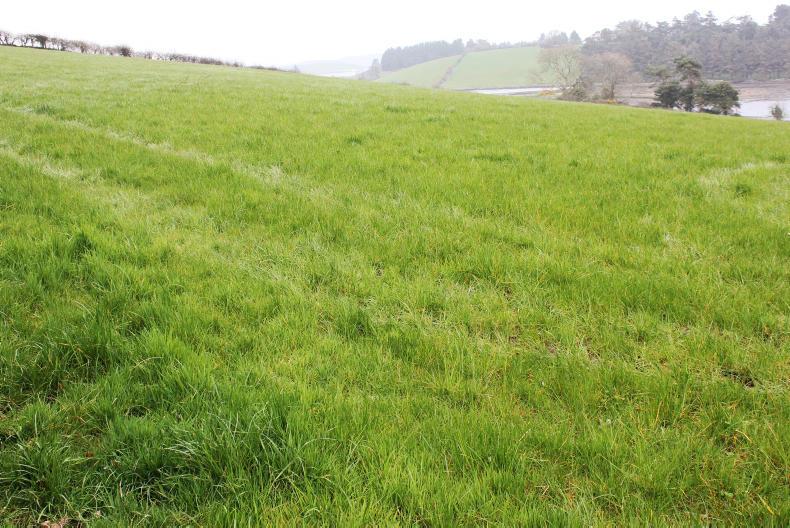
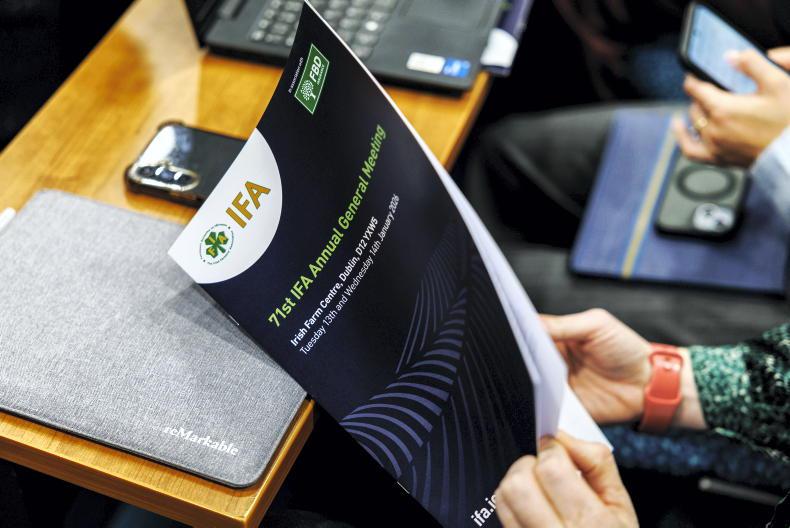

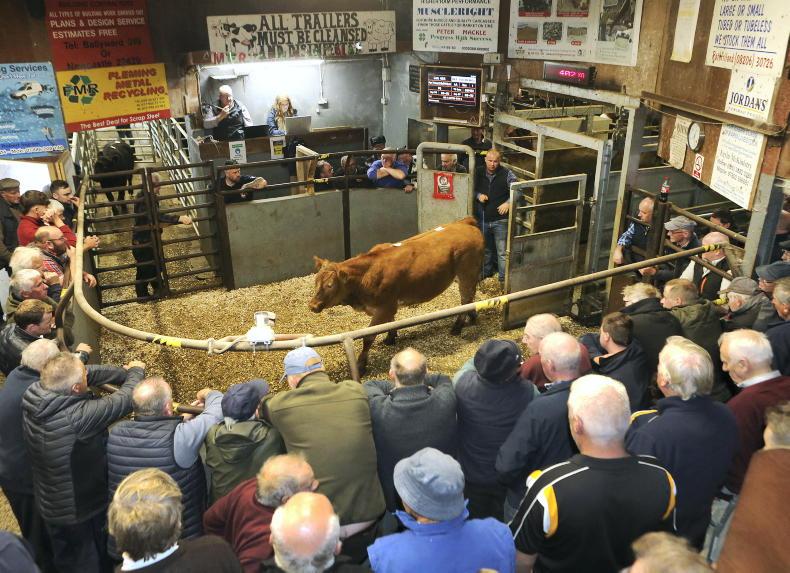
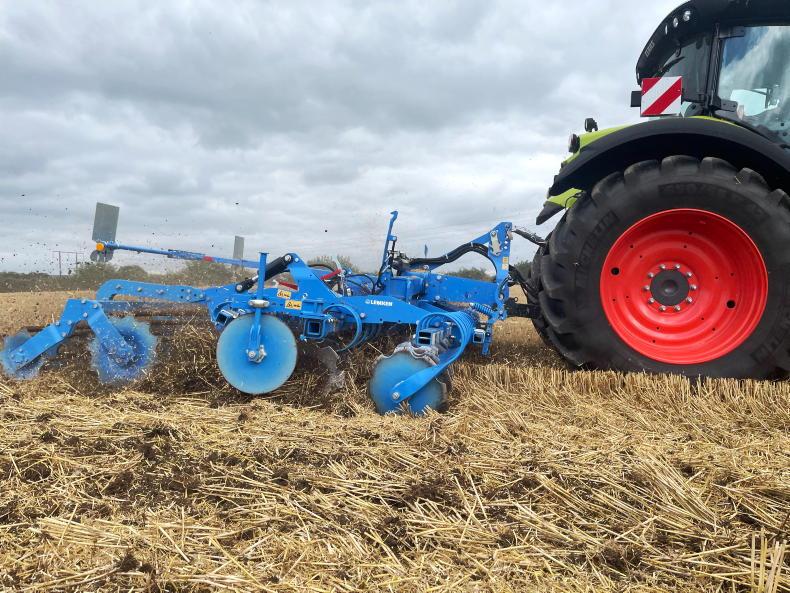
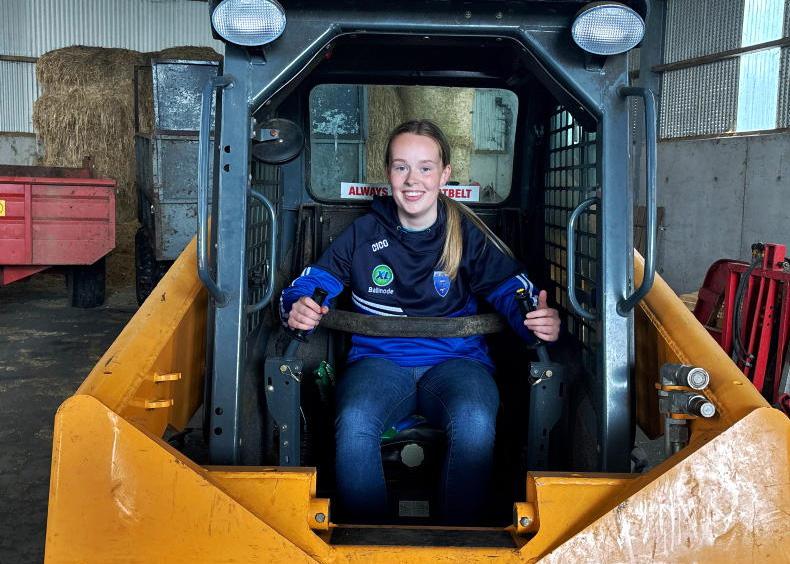
SHARING OPTIONS